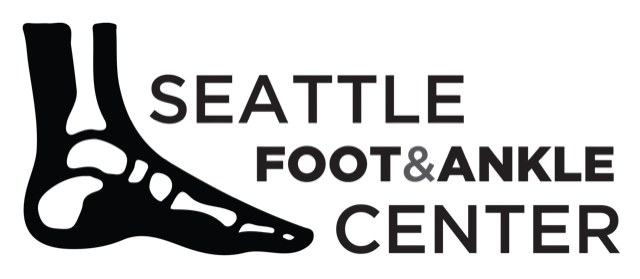What is the difference between orthopedic surgery and podiatry for the condition of bunions? Both are medical and surgical specialties, and its practitioners attended medical school and residency, and go through a licensure and board certification process. Orthopedic surgeons and podiatrists work side by side in hospitals and in the same group practices.
The main difference lies in the body systems they treat. Orthopedic surgeons are concerned with bones, muscles, ligaments and joints throughout the body. They are bone and joint surgeons. Podiatrists are foot and ankle doctors and surgeons. As such, there are overlaps between the two. Both are concerned with bones, muscles, ligaments and joints in the foot.
Outside of this, orthopedic surgeons are concerned with other areas of the body, including knees, hips, spine. Podiatrists go into their field knowing from day one that they will be physicians and surgeons of the foot and ankle. Their curriculum and course of study is geared toward that end. So even though an orthopedic surgeon may have some experience or training in the foot and ankle, it does not compare in terms of commitment and depth of training in the foot and ankle, all systems, that a podiatrist receives over many years of schooling, residency and fellowship. As a result podiatric foot and ankle surgeons perform 80% of reconstructive forefoot surgeries in the United States.
Upon noticing pain and discomfort in your lower limbs, you might want to have it checked by a specialist to diagnose the cause. The general guideline to follow when you experience a foot or ankle problem is to reach out to a podiatrist first. On the other hand, you should visit your orthopedist if you have any issues with other parts of your musculoskeletal system.
Although both specialists can treat foot and ankle conditions, it is best to get help from podiatrists for foot-related issues. Podiatrists have more specialized skills and training for foot and ankle health. They also manage the dermatology and biomechanics of this area, making them the better option for foot-related problems.
Both podiatrists and orthopedists can help with foot and ankle conditions and protect your feet from injury. Podiatrists specialize in foot and ankle care. Conversely, orthopedists cater to general musculoskeletal problems. Although an orthopedist technically has studied foot and ankle problems, a podiatrist specializes in them. This specialization allows a podiatrist to better address issues unique to your foot and ankle.
This is true in the diagnosis and treatment of bunions. Bunions are a very common condition we treat. There is a bump at the base of the big toe, which is an increase in the angle between the 1st and 2nd metatarsals. The condition is caused by pressure against the great toe, pushing it at an angle towards the second toe. It can often result in a callus on the side of the big toe. Bunions are common in the case of ballet dancers, or with pronated feet, a genetic condition which causes one to walk on the inside of the foot. There can be pain in the bump or bunion itself, or there can be pain in the big toe joint.
Bunions are treated with orthotics, wider shoes, and surgery if the condition affects one’s lifestyle. There are over 100 surgeries for bunions. Podiatrists learn, perform, and are tested on them in the board certification process. To be board certified, a podiatrist must take and pass a written test. Then, within a short timeframe, they must perform a diversity of cases, that is, different types of bunion procedures. They must then submit a portfolio of case studies to be accepted for oral board certification testing. There is no such intense certification process for foot surgery cases for orthopedic surgeons. Allopathic (MD) and osteopathic (DO) physicians are not certified in specialty foot and ankle surgery, nor do they presently function under the quality assurance tool of a certificate of added qualifications for the same within their respective specialties. Any credentialing comparisons between MD and DO colleagues and podiatric foot and ankle surgeons should be based on specialty-specific foot and ankle training, not generalized years of training.
A surgeon must also have an understanding of the biomechanics of the condition to keep the condition from progressing and recurring. Podiatrists receive instruction on biomechanics throughout schooling, residency and fellowship. Orthopedists do not generally make custom functional foot orthotics, which are the eyeglasses for the feet that ensure proper biomechanics. They are used to reduce pain, prevent the need for surgery, and keep the bunion from coming back after surgery.
Podiatric surgeons, therefore, are more specialized and detailed in the treatment of bunions, as the foot and ankle are their specialty.
To learn more about bunions, click here for a list of articles.
“He was welcoming and listened well to the concerns I presented. I especially liked that I was able to write down my problem before I came in and he addressed them efficiently. I was diagnosed with a much different problem than I had been given before, and Dr. Hoy explained his simple, methodical method for his diagnosis as we went. I felt extremely cared for and like I will be able to make progress on my problem before I see him again. Definitely see Dr. Hoy if you’ve had problems seeing a general practitioner or orthopedist with no luck. It may be that you need a more specialized opinion.” -Samuel S.
Click below to learn more about treatments from Dr. Hoy in Seattle:
